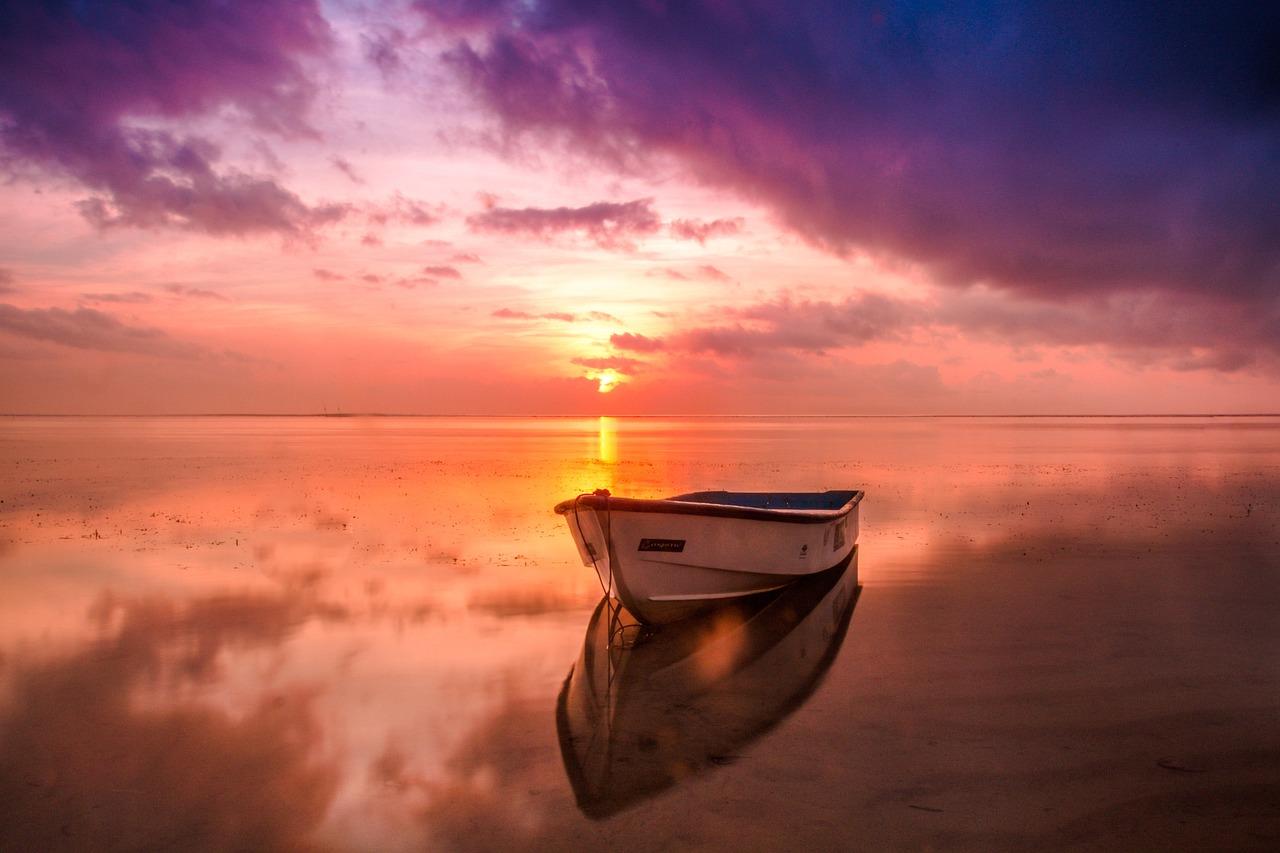
403
Sorry!!
Error! We're sorry, but the page you were looking for doesn't exist.
Heavy rains make Lac Rose’s pink water return in Senegal
(MENAFN) After nearly three years of losing its distinctive pink shade and turning green due to heavy rains and flooding, the famous pink waters of Lac Rose in Senegal have returned.
Located about 35 kilometers from Dakar, the lake—known locally as "Retba"—is recognized as one of the saltiest lakes globally. Its characteristic pink color comes from the presence of the algae Dunaliella salina. This vibrant hue is not only a natural wonder but also holds great significance for tourism and the local economy.
For years, Lac Rose served as the final destination of the Paris-Dakar Rally and remains one of Senegal’s most iconic natural landmarks. The lake is also a major center for salt production, which is vital for the country’s economy. Each year, around 60,000 tons of salt are harvested here, providing income for approximately 3,000 workers.
Salt extraction takes place during the dry season, from November to June, when the lake’s depth reaches up to three meters. Seasonal laborers, mainly from neighboring countries such as Niger, Mali, and Burkina Faso, manually collect the salt by hand.
Located about 35 kilometers from Dakar, the lake—known locally as "Retba"—is recognized as one of the saltiest lakes globally. Its characteristic pink color comes from the presence of the algae Dunaliella salina. This vibrant hue is not only a natural wonder but also holds great significance for tourism and the local economy.
For years, Lac Rose served as the final destination of the Paris-Dakar Rally and remains one of Senegal’s most iconic natural landmarks. The lake is also a major center for salt production, which is vital for the country’s economy. Each year, around 60,000 tons of salt are harvested here, providing income for approximately 3,000 workers.
Salt extraction takes place during the dry season, from November to June, when the lake’s depth reaches up to three meters. Seasonal laborers, mainly from neighboring countries such as Niger, Mali, and Burkina Faso, manually collect the salt by hand.

Legal Disclaimer:
MENAFN provides the
information “as is” without warranty of any kind. We do not accept
any responsibility or liability for the accuracy, content, images,
videos, licenses, completeness, legality, or reliability of the information
contained in this article. If you have any complaints or copyright
issues related to this article, kindly contact the provider above.


















Comments
No comment